1. Mountain Dew
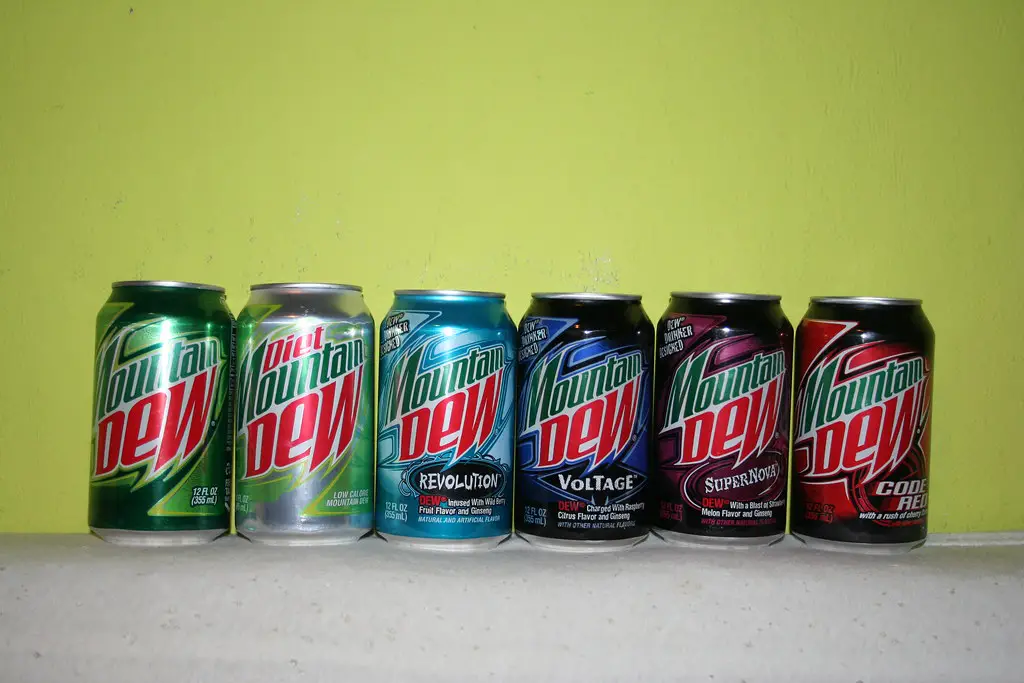
It’s hard to believe a soda could cause such a stir, but Mountain Dew is actually banned in countries like the EU and Japan. The reason? It contains brominated vegetable oil (BVO), a chemical that was originally patented as a flame retardant. That might make you think twice before cracking open a can. BVO has been linked to everything from memory loss to skin issues when consumed in high quantities. It’s since been removed from many versions of the drink, but older recipes still raise eyebrows overseas shares MSN.
In the U.S., people have been guzzling Mountain Dew for decades, especially gamers and late-night crammers who swear by its caffeine jolt. But other countries have taken a much stricter stance when it comes to food additives, especially ones with questionable side effects. They’d rather err on the side of caution, even if it means saying goodbye to the neon green soda altogether adds AOL.
2. Farm-Raised Salmon
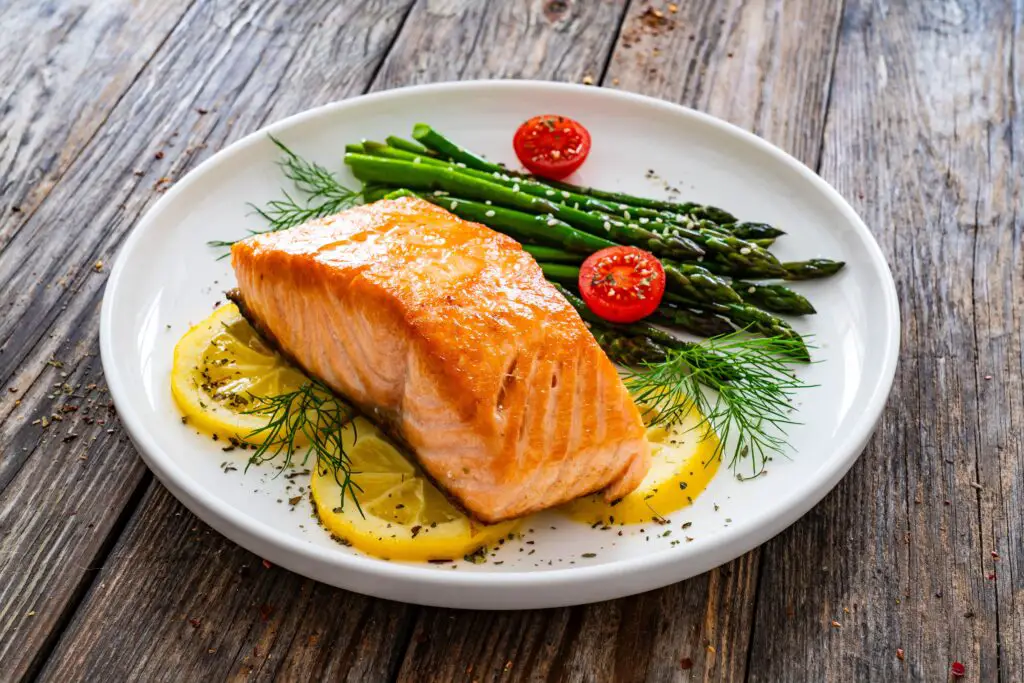
You might think salmon is always a healthy choice, but it depends on where it comes from. In the U.S., a lot of the salmon sold is farm-raised and often dyed pink to look more like its wild-caught cousin. That artificial coloring is part of the issue—some countries, like Australia and New Zealand, ban this type of fish due to the chemicals involved in the farming process shares Paste Magazine.
The fish are sometimes fed pellets containing synthetic astaxanthin, a coloring agent that isn’t approved everywhere. There’s also concern about the antibiotics and pesticides used to prevent disease in crowded fish pens. While Americans might see salmon as a weeknight dinner staple, other nations see the farm-raised version as a potential health risk. They’d rather stick to wild-caught or nothing at all explains the Washington Post.
3. Ractopamine Pork
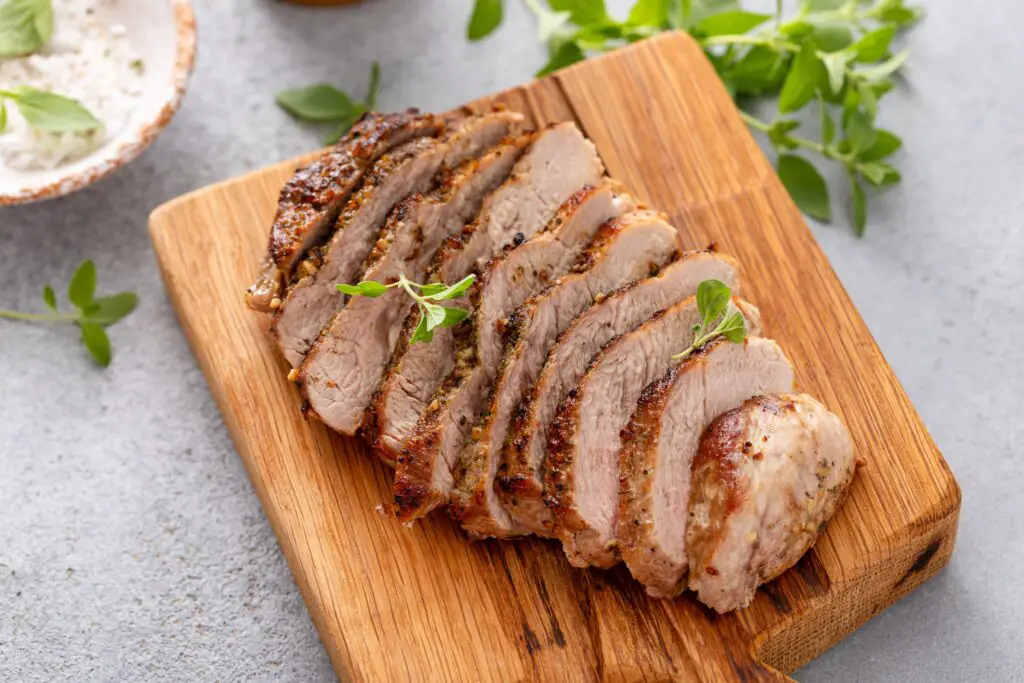
Pork in the U.S. often contains a substance called ractopamine, a feed additive that helps pigs grow faster and leaner. It sounds efficient, but this chemical is banned in more than 160 countries, including China, Russia, and the European Union. Ractopamine has been linked to adverse health effects in animals, including tremors and elevated heart rates, and there’s concern it could affect humans too.
In America, the FDA has deemed it safe in small doses, so it’s still used in about 60 to 80 percent of pigs. But abroad, that’s not a risk many countries are willing to take. In fact, pork imports from the U.S. have been rejected over ractopamine concerns. So while bacon might be a breakfast favorite stateside, it would come with a big red flag in other parts of the world.
4. Artificial Food Dyes
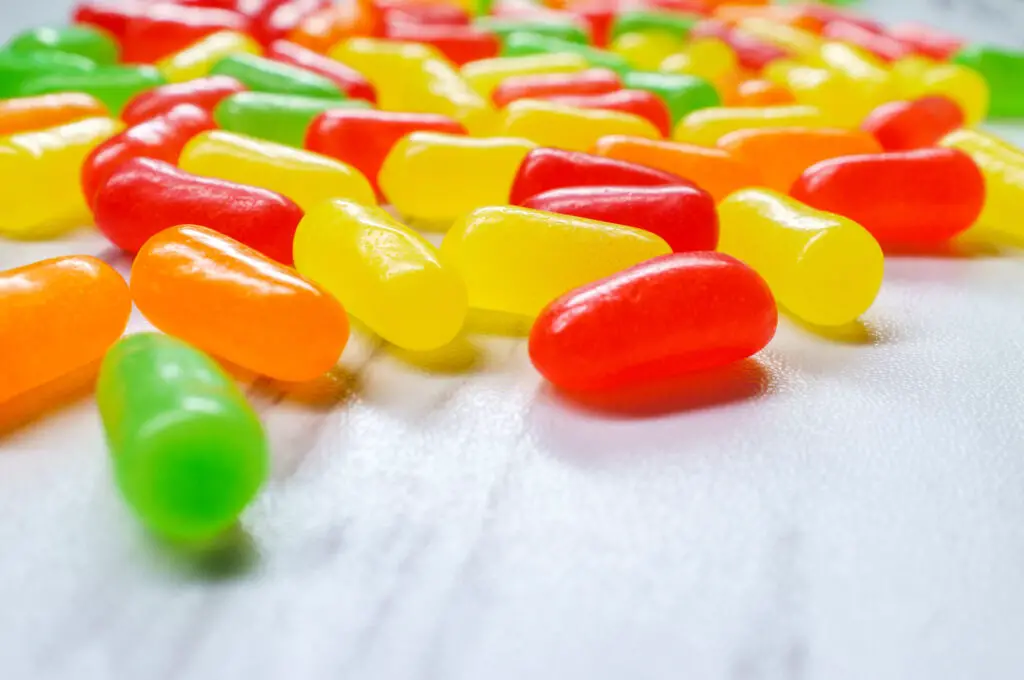
The colorful cereals, candies, and snacks that brighten American grocery store shelves often owe their hues to artificial food dyes like Red 40, Yellow 5, and Blue 1. These dyes are incredibly common in the U.S., but several of them are banned or require warning labels in places like the U.K. and the EU. That’s because research has linked them to hyperactivity in children and possible carcinogenic effects.
Instead of relying on artificial coloring, many countries opt for natural alternatives like beet juice or turmeric. It’s not just about being fancy or organic—it’s about minimizing exposure to synthetic chemicals. Parents in other countries might be shocked at the rainbow-hued foods considered “kid-friendly” in America. And once you learn what’s in them, you might be too.
5. Chlorine-Washed Chicken

This one definitely raises eyebrows: In the U.S., it’s legal for poultry producers to rinse chicken carcasses in chlorine to kill bacteria. It’s a standard part of many American processing plants, but in the EU, that practice is flat-out banned. European regulators argue that chlorine washing masks poor hygiene and animal welfare practices in earlier stages of production.
Instead, they focus on keeping conditions clean from the start, rather than disinfecting at the end. U.S. officials maintain that chlorine-washed chicken is safe to eat, but that hasn’t stopped other countries from putting their foot down. It’s a reminder that what’s “normal” in one country can seem downright unacceptable somewhere else.
6. Olestra
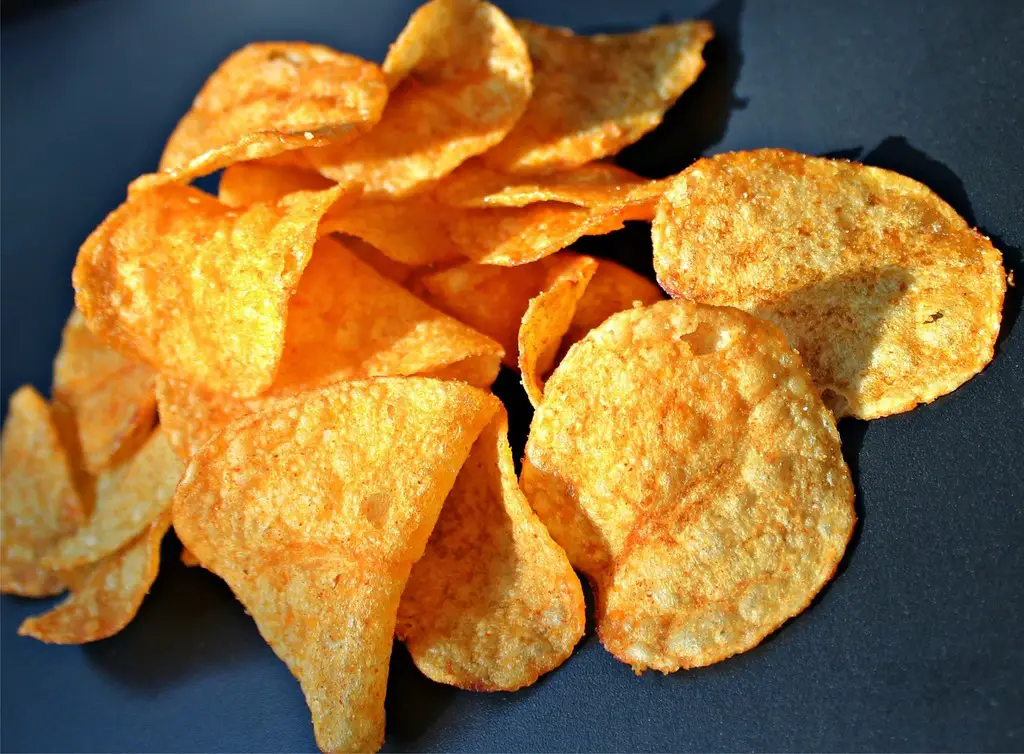
If you were around in the ’90s, you probably remember Olestra—the fat substitute that let you eat chips without the guilt (and, unfortunately, sometimes without the control of your digestive system). It was famously used in “Wow!” chips by Frito-Lay and promised fat-free indulgence. But it came with side effects like cramps and something charmingly labeled “anal leakage,” which led to its ban in countries like Canada and the U.K.
The FDA still allows it in the U.S., though it’s fallen out of favor with consumers and manufacturers alike. The idea of a fat substitute that passes through your body undigested sounds great—until you consider what that really means. Most places decided the risks just weren’t worth the reward. And honestly, can you blame them?
7. Potassium Bromate in Bread

In the U.S., potassium bromate is often used in bread to help it rise higher and maintain a better texture. But this additive has been classified as a possible carcinogen, and many countries, including the EU, Canada, and Brazil, have banned it. It’s been linked to kidney and thyroid tumors in animal studies, and even small amounts can be concerning over time.
Despite this, it’s still legal in America, though some bakeries and brands voluntarily avoid it. Countries with stricter food safety laws simply don’t want it in their dough. So if you’re used to fluffy white bread from the grocery store, it might come as a surprise that your go-to loaf wouldn’t make the cut in other parts of the world.
8. BHA and BHT
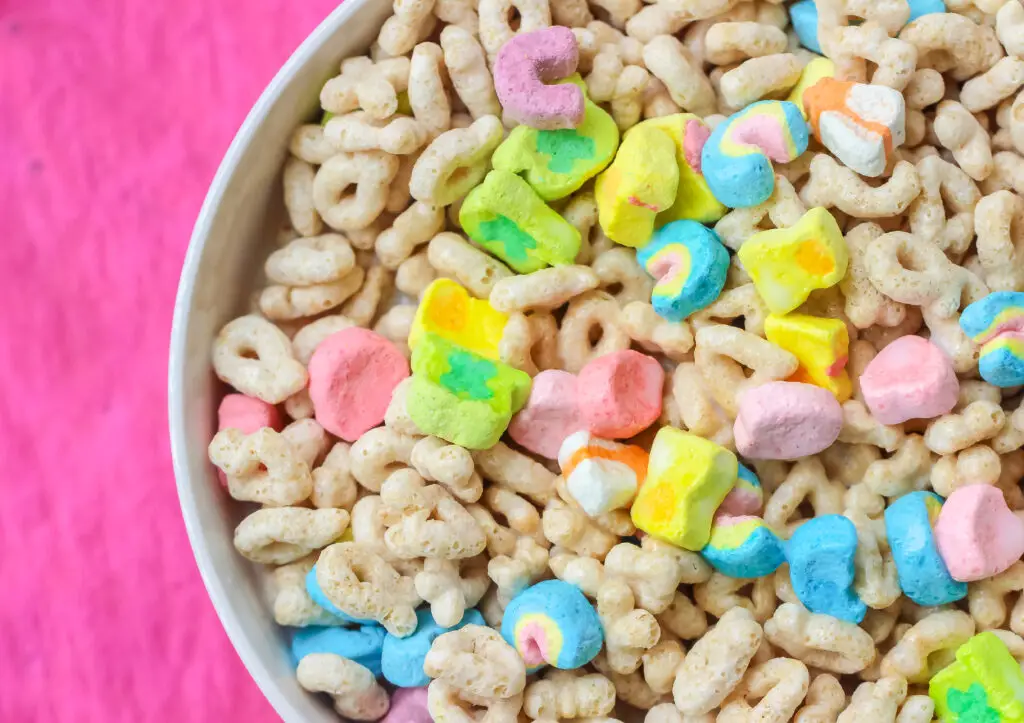
These two additives—Butylated Hydroxyanisole (BHA) and Butylated Hydroxytoluene (BHT)—are used to keep foods from spoiling. You’ll find them in cereals, chips, and even chewing gum. In the U.S., they’re considered “generally recognized as safe,” but in other countries like Japan and the EU, they’re either banned or strictly regulated due to concerns over their potential carcinogenic effects.
Animal studies have raised red flags, and critics argue that long-term exposure could have consequences we don’t fully understand. Yet they’re still widely used in American snack foods. Other nations have decided the shelf life of cereal isn’t worth the risk, opting for natural preservatives instead. If you’re used to checking expiration dates, you might want to start checking ingredients too.
9. Milk with rBGH
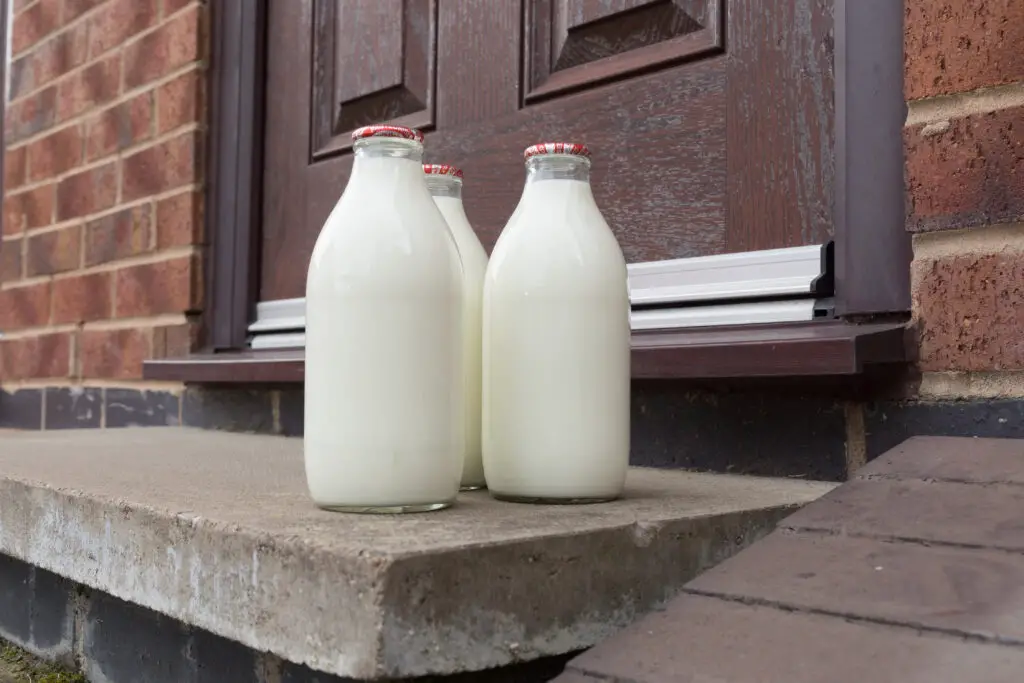
Recombinant bovine growth hormone (rBGH) is a synthetic hormone used to increase milk production in cows. While effective, it’s also controversial—so much so that it’s banned in the EU, Canada, and many other countries. Studies have shown that rBGH can increase levels of another hormone, IGF-1, which may be linked to cancer risks in humans.
In the U.S., rBGH is still legal, though many dairy brands now label their milk as hormone-free to ease consumer concerns. The American dairy industry argues there’s no conclusive evidence of harm, but many other countries aren’t willing to take that gamble. It’s another case of differing standards and the debate between efficiency and safety.
10. Azodicarbonamide in Bread Products

This mouthful of a chemical—azodicarbonamide—is used in bread and baked goods to make dough more elastic and give bread that squishy texture. In the U.S., you’ll find it in everything from hamburger buns to tortillas. But in countries like the U.K., Australia, and Singapore, it’s banned due to its link to respiratory issues and potential carcinogenic effects.
Fun fact: the same chemical is also used in yoga mats and shoe soles, which led to the infamous “yoga mat bread” controversy. Subway even removed it from their bread after public backlash. While American regulators consider it safe in small amounts, other countries aren’t so comfortable with the idea of food-grade rubber. And honestly, who can blame them?
11. Arsenic in Chicken Feed
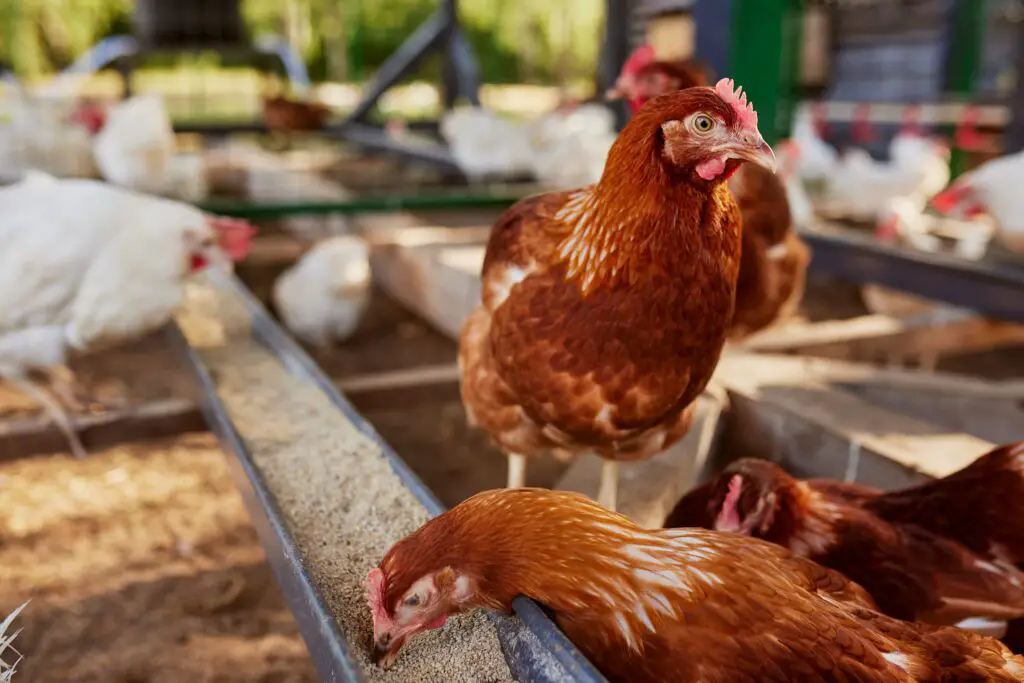
Trace amounts of arsenic have historically been added to chicken feed in the U.S. to promote growth and give meat a pinker color. While the FDA phased out many of these practices in recent years, concerns still linger, especially since organic arsenic can convert into the more dangerous inorganic form inside the body. The EU banned arsenic-based additives a long time ago.
Even though most of the arsenic additives have been pulled from the market, it’s a reminder of how different food standards can be. Many Americans don’t even realize what goes into their food before it hits the store shelves. Other countries, on the other hand, prefer a stricter approach to anything associated with a toxic element. When you hear “arsenic,” food probably isn’t the first thing you want to think of.
12. RBGH Cheese
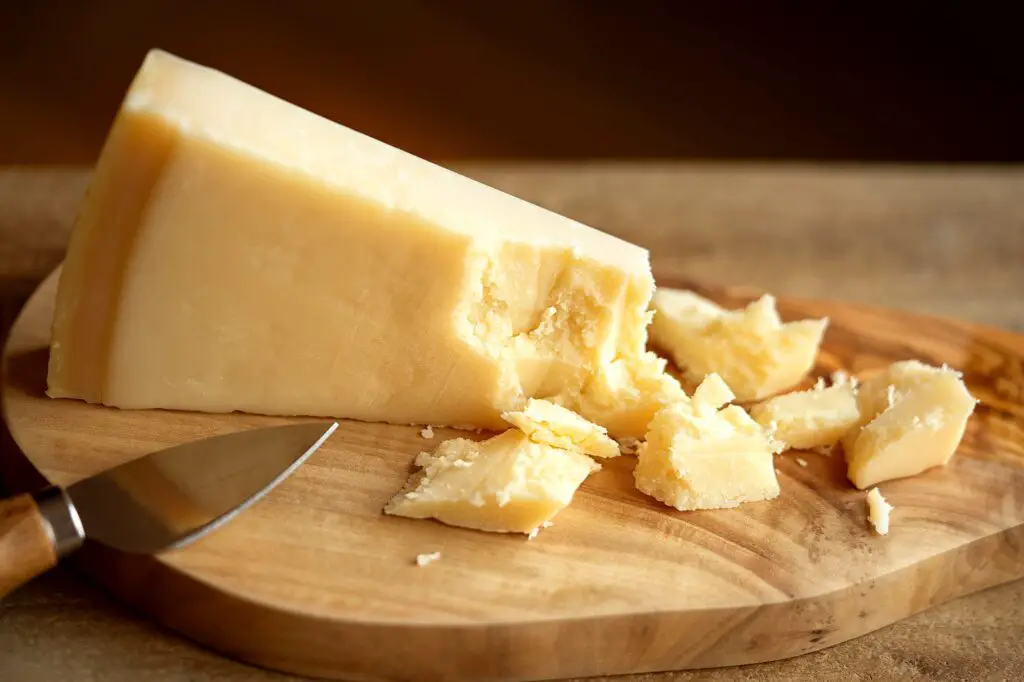
Just like milk, cheese made from cows treated with recombinant bovine growth hormone (rBGH) can raise red flags abroad. While it’s perfectly legal in the U.S., many European countries have banned it outright. There’s concern that the hormone can lead to increased levels of IGF-1 in humans, which has been linked to certain cancers.
In response to consumer demand, some U.S. brands now boast “no rBGH” on their labels, but there’s no federal requirement to disclose it. So unless you’re buying certified organic or explicitly labeled hormone-free cheese, you might be consuming it without knowing. In Europe, that ambiguity just wouldn’t fly. They’d rather keep hormones out of their dairy altogether.
13. Bleached Flour
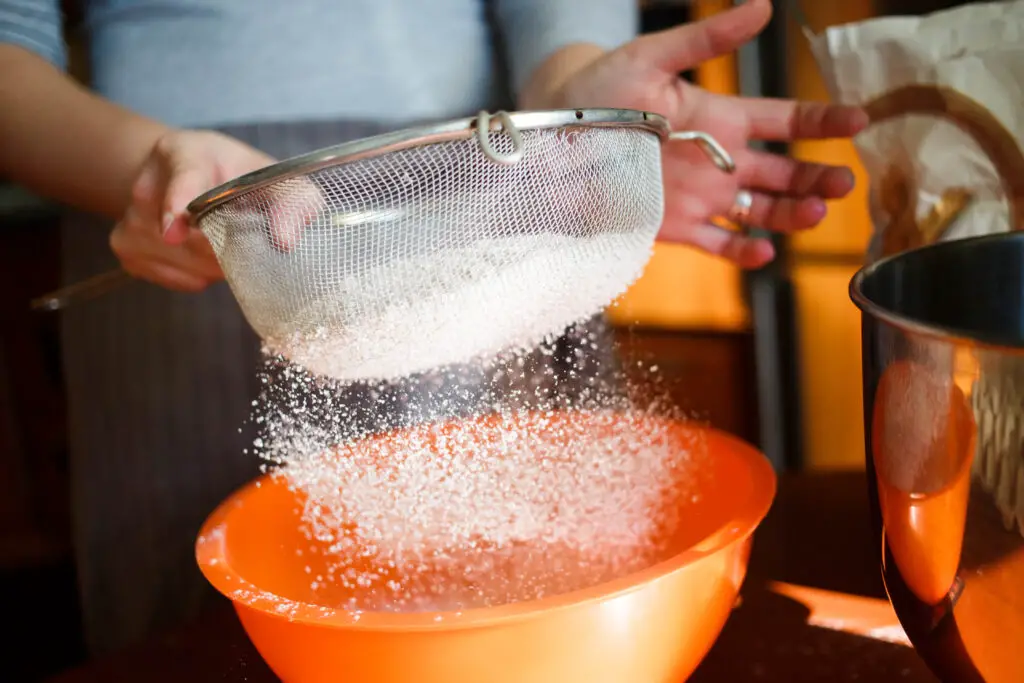
Bleached flour is popular in the U.S. for its fine texture and bright white color, which helps baked goods look more appealing. But to achieve that effect, manufacturers often treat the flour with chemicals like benzoyl peroxide or chlorine gas. These additives are banned in countries like the U.K. and China due to potential health concerns.
While the FDA says these chemicals are safe in the small amounts used, other nations don’t want them anywhere near their bread or cakes. They use unbleached flour instead, which may have a slightly different texture but doesn’t carry the same baggage. For many Americans, bleached flour is just part of baking—but for other countries, it’s simply a deal-breaker.
